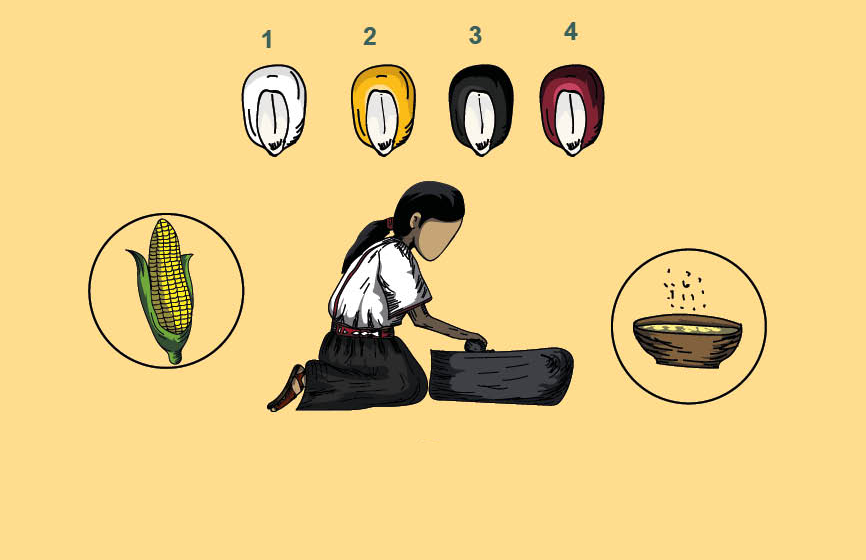Seeds Catalogues
Seeds catalogues have been strategic for the implementation of intensive agriculture in post-war Europe. They were intended to promote a restricted series of crop varieties at the expense of existing diversity, by criminalising the sale of unregistered seeds. As catalogues were designed as tools of control and assessment serving the performance of the agroindustry, varieties were selected according to their productivity and fixity, fitting with the Distinctness Homogeneity and Stability criteria.
The ERC-STG SeedsValues involves the creation of subversive seeds catalogues in the highlands of Mexico, Peru and Laos. The latter will feature portraits of the maize, potato, and rice cornucopia drawn by their growers in order to reclaim catalogues as biopolitical tools for cultivators. Furthermore, the design of the catalogues involve drawing workshop and photograph reporting as ethnographic methodologies intended to cultivate “arts of noticing” (Tsing 2015) that foster care for non-human forms of life (Van Dooren et al. 2016).
Yet this field of experimentation raises crucial ethical and political challenges. How can we conjure crop affect and aesthetic in a catalogue? Does catalogue materiality allow for an open-ended inventory? Broadly, this initiative explore the very possibility of engaging cataloguing practices that would not reproduce Western modes of classification and value repertoire.



